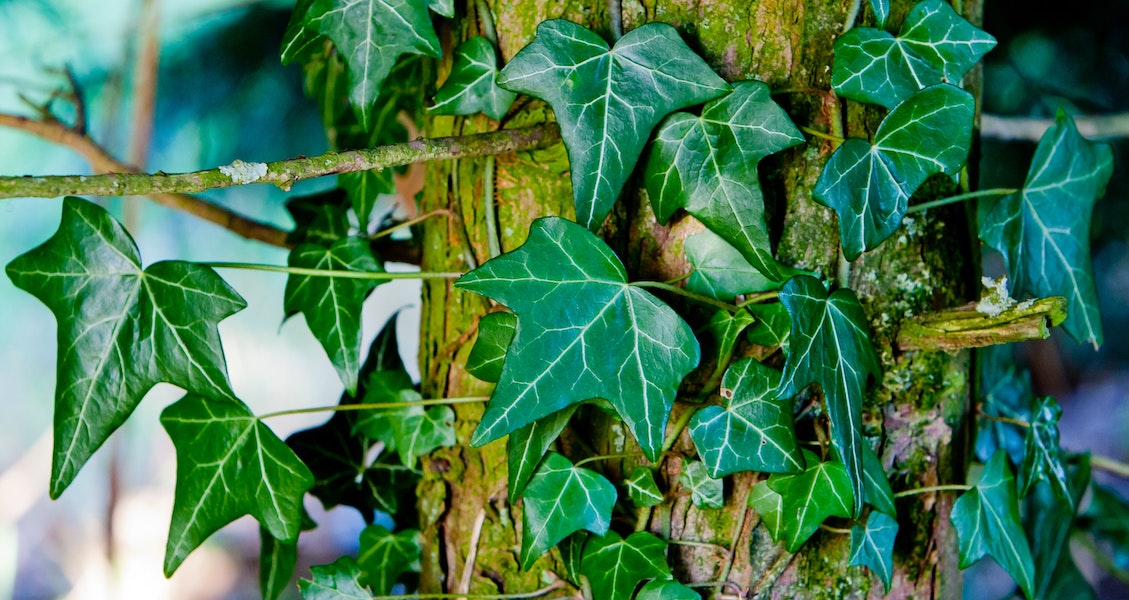8 gardening myths it’s time to stop believing
Gardening is, and always has been, a slightly superstitious art.
For generations groundskeepers held on to the gratifyingly bonkers notion that plants grew faster if you talked to them, while the old wives’ tale that potatoes should be planted on Good Friday occasionally crops up even today.
But while most of these myths have been confined to the annals of history, there are a few leafy misnomers still holding sway.
Here are a few bits of gardening ‘wisdom’ our greenery could be better off without…
1. Young trees should be staked

The dangers of helicopter parenting
This one is akin to a germophobic parent keeping their tiny children off public transport – sure, you don’t want them licking the seats, but exposure to a small quantity of normal-strength dirt is essential for the development of their immune system. So it is with trees: Trunks and roots require a bit of natural wind movement to grow sturdy and strong, and over-coddling with stakes and guy ropes risks stunting their development.
Saplings exposed to steep gradients and particularly high winds may need to be staked to become established, and according to the RHS newly planted large trees, including fruit trees, can benefit, but otherwise, young, small trees tend to be happiest left au naturel.
2. Seal pruning cuts for protection

No, you shouldn’t. Pruning cuts can be susceptible to disease and decay, and coating them with a protective layer of tar or paint has been common practice in the past. However, this can do more harm than good. Such ‘protections’ can inhibit a tree’s restorative processes and create a warm, moist environment perfect for fungi and rot.
The RHS says they “no longer recommend binding, wrapping or painting pruning cuts” and suggest the best thing to do is to let cuts heal naturally. To help limit any chance of infection or disease, make sure you use clean, well-sharpened tools, too.
3. Natural pesticides are always safe
Now we’re not having a go at organic gardening, but the ‘natural’ tag does not necessarily give a pesticide any moral or practical superiority over its synthetic brethren. Natural toxins can still be harmful to pets, people and the land if misused, while some can have nasty consequences for beneficial insects and other biodiversity.
The specifics are of course case-by-case, but the question you should be asking is how toxic and persistent a pesticide is. Many ‘natural’ products – including home-made brews – will come up smelling of roses, but by no means all.
4. Watering plants in the middle of the day leads to leaf burn

Water – nature’s hand lens
We all know to slap on some sun cream at the beach or the swimming pool, but leaves actually burning because of the magnifying effects of a water droplet? Fortunately for late-rising gardeners, this is indeed a myth, and the midday sun is no barrier to your watering can.
While leaf scorch can occur due to excessive temperatures or water loss, it is often best to water plants around dawn or dusk, as less water will evaporate before it’s been absorbed.
5. Drought tolerant plants don’t need watering

Tolerant is not the same as invincible, and this myth can be the kiss of death to a young sedum, succulent or echinacea. All plants need watering during their first growing season, and without due care and attention, fledgling drought-tolerant plants will wither away just like any moisture-loving swamp flower.
Once established, these plants become much more resilient, but again, they are only drought-tolerant – they still need watering, even if far less often than most.
6. Moss is a plague upon your garden

Moss has no roots and no vertical growth, so cannot compete with your garden plants either above or below the ground. Indeed, because it thrives in moist soil with low footfall, it can be a useful cover to protect from weeds.
You may not particularly like moss, but it’s probably hurting your aesthetic more than your vegetation. Although, if it’s covering your patio, there is a slight danger you’ll slip on it yourself.
7. Lighten clay soil by adding sand
This one isn’t just a time-waster – it can also turn your soil into an inhospitable slab of concrete not fit for even the most resourceful geranium. Clay soil can be infuriating – it drains poorly, goes hard as rock when dry, and stays cold long after winter – but you’re much better off adding organic matter such as compost, manure or grass cuttings. This will lighten the composition while also improving nutrient quality. Building raised beds and adopting a no-dig policy tend to improve the usability of clay soil too.
8. Ivy damages trees

Ivy isn’t a parasite – its roots lie in the soil so it inflicts no inherent harm on the tree – but its presence can imply a tree is struggling in other ways. By piggybacking onto a tree in its quest to reach the light, ivy usually targets trees with weak canopies that let through enough sunlight for it to thrive, and if it makes it through that canopy, it can smother photosynthesising leaves.
On the other hand, it’s a godsend for frostbitten wildlife struggling through a spartan winter. The berries are an ideal food source for many birds, small creatures can shelter in its leaves, and the many roots can help stop the ground from freezing.
The Press Association
Latest posts by The Press Association (see all)
- 9 ways to look after your emotional health better in 2025 - January 7, 2025
- EastEnders fans to vote on storyline for the first time in 40th anniversary week - January 7, 2025
- Aldi beats rival Lidl as cheapest supermarket of 2024 - January 6, 2025
- All the benefits of lifting weights beyond bigger muscles - January 6, 2025
- The best ways to boost your immune system as cold temperatures hit - January 5, 2025




















